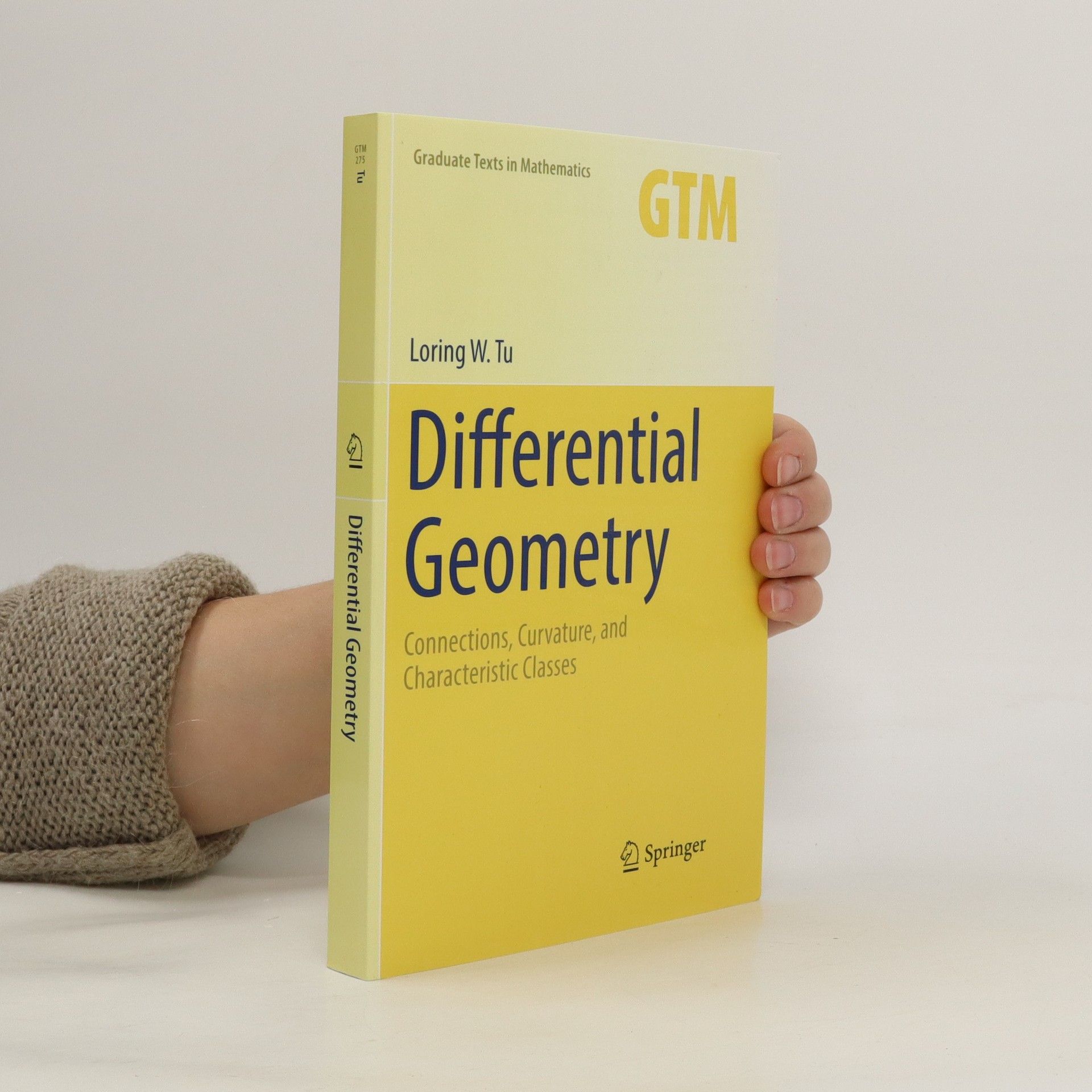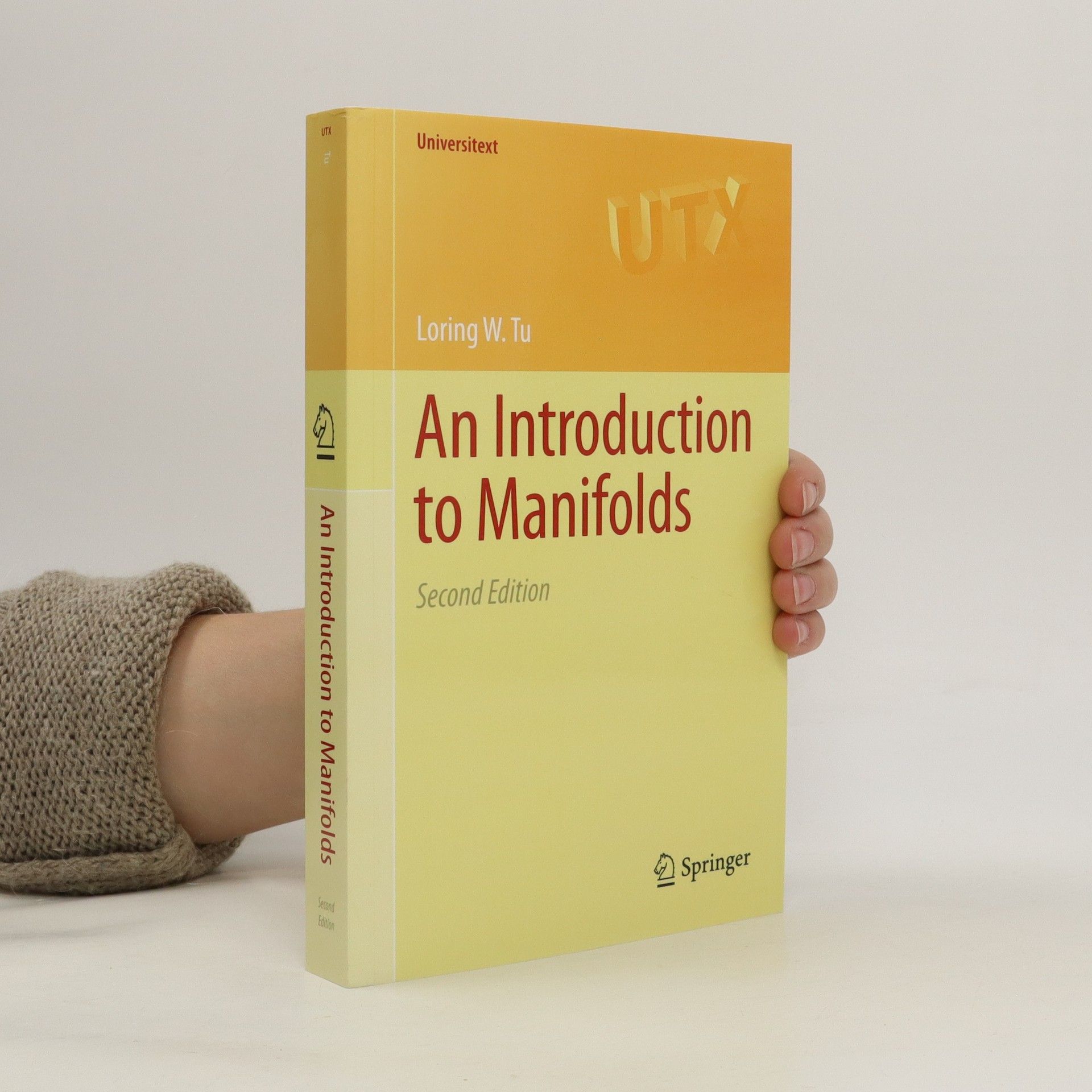An Introduction to Manifolds
- 410 Seiten
- 15 Lesestunden
Manifolds, the higher-dimensional analogs of smooth curves and surfaces, are fundamental objects in modern mathematics. Combining aspects of algebra, topology, and analysis, manifolds have also been applied to classical mechanics, general relativity, and quantum field theory. In this streamlined introduction to the subject, the theory of manifolds is presented with the aim of helping the reader achieve a rapid mastery of the essential topics. By the end of the book the reader should be able to compute, at least for simple spaces, one of the most basic topological invariants of a manifold, its de Rham cohomology. Along the way, the reader acquires the knowledge and skills necessary for further study of geometry and topology. The requisite point-set topology is included in an appendix of twenty pages; other appendices review facts from real analysis and linear algebra. Hints and solutions are provided to many of the exercises and problems. This work may be used as the text for a one-semester graduate or advanced undergraduate course, as well as by students engaged in self-study. Requiring only minimal undergraduate prerequisites, 'Introduction to Manifolds' is also an excellent foundation for Springer's GTM 82, 'Differential Forms in Algebraic Topology'.

